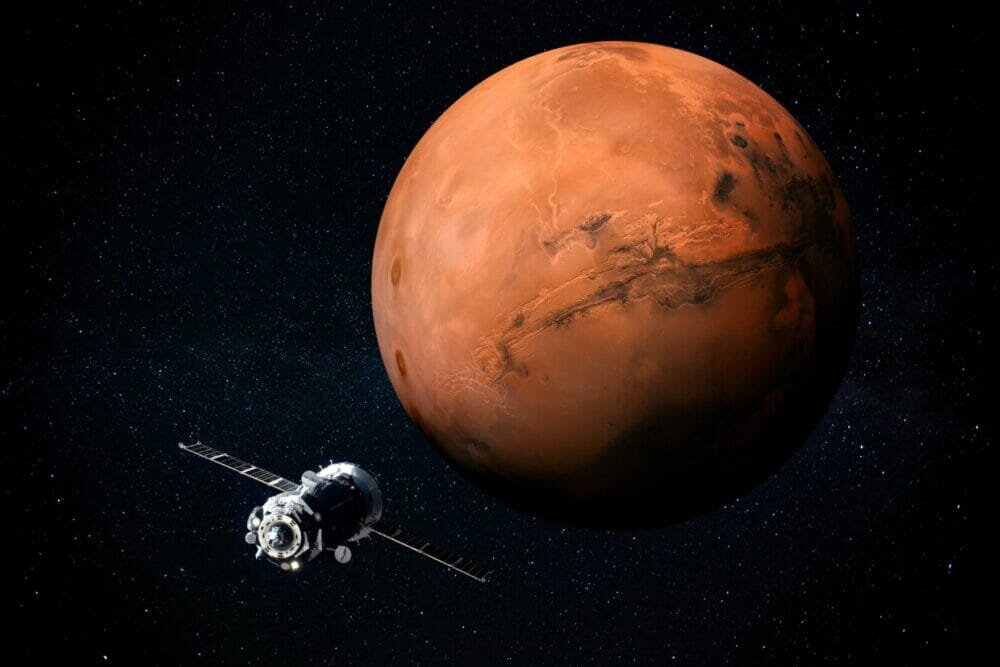~ Motors enabling space travel ~
The space race didn’t get off to the best start this year, with the UK’s first ever satellite mission ending in disappointment. The launch highlights how the failure of just one component can lead to the demise of an entire mission. But space waits for no one, and as the race continues, how can we best ensure that future missions are successful? Here, Dave Walsha, sales manager at DC motor supplier EMS, explains.
Virgin Orbit’s Start Me Up mission hoped to be historical: being the first orbital launch from the UK, the first international launch for Virgin Orbit, and holding the first satellite built in Wales.
Investigations into the reason for the project’s failure are still ongoing, but preliminary evidence suggests that the problem lies with a filter in the rocket’s second-stage propulsion system. The filter was dislodged, causing issues downstream and ultimately leading to premature shutdown of the engine.
The project highlights the complexity of space missions, and the importance of every single component — including micromotors — in ensuring a safe and successful mission. But what can reliable micromotors do for space applications?
Taking flight
Most orbital launch vehicles, including Virgin Orbit’s rockets, rely on RP-1 fuel for power. RP-1 is a highly refined form of kerosene, which has had additional unwanted compounds removed to produce a cleaner burn and prevent engine damage.
RP-1 is mixed with liquid oxygen (LOX) to create a combustion reaction. The nature of this reaction means precise ratios aren’t required, provided both reactants are present in some capacity. But if the ratio does begin to stray significantly from the ideal, then one reactant is likely to run out before the other, leaving the remainder as dead weight.
To avoid this from happening, butterfly valves are installed onto the fuel tank pipes. Controlled by servo motors, these valves allow precise control of reactant flow, which means that the fuel mixture can be kept as close to its ideal ratio as possible.
A return trip
Micromotors aren’t only helpful in ensuring an efficient launch — they can be just as important when it comes to making the return journey.
Since the first unmanned space mission Sputnik in 1957, unmanned space probes have been used for a more cost-effective and safer method of space study. Small samples of rock and dust are collected from other planets in the hopes that they contain some clues about planet formation and potential signs of life.

Return capsules are responsible for bringing these samples safely back to Earth for analysis. Their smooth, dome-like shape offers them greater aerodynamics. But one might ask: with no exterior flaps, how can the capsule retain its stability and avoid spinning off course?
The answer is to use linear DC servo motors within the capsule. By moving up and down the X and Y axes, the motors can help to shift the capsule’s centre of mass and help to stabilise it in flight. In some cases, the weight of the motor can be sufficient to act as a counterweight, but additional weights can be added if a higher mass is needed.
Motor power
Expectations of these motors are high. They must be able to operate in the harshest of conditions, whether it’s the extreme heat of re-entry or the absolute zero temperatures of space. They must also be able to withstand extreme force and vibrations, with no loss of integrity.
In the case of providing stability in real-time, the motors need to be able to quickly change direction. The linear servo motors in sample return capsules may need to travel along their axes up to four times a second.
The motors must also be as compact as possible, with free space often a commodity. High reliability is another necessity, as the role these motors play can be significant in ensuring safe and efficient spacecraft operation.
FAULHABER motors, supplied in the UK and Ireland exclusively by EMS, are able to deliver to such a specification. In fact, there are already numerous FAULHABER motors hard at work in space, in applications ranging from seismometers and rovers to satellites and artificial assistants.
We never know what we’ll find in the cosmos, or even if we’ll find anything at all. The complexity and unpredictability of space means it’s almost impossible to guarantee the success of one mission to the next. But by choosing components carefully to match the harsh conditions and requirements of such missions, each spacecraft can be given the best possible chance of success.
To learn more about the products and services EMS provides, and to stay up-to-date with the latest company news, visit https://www.ems-limited.co.uk/blog/







